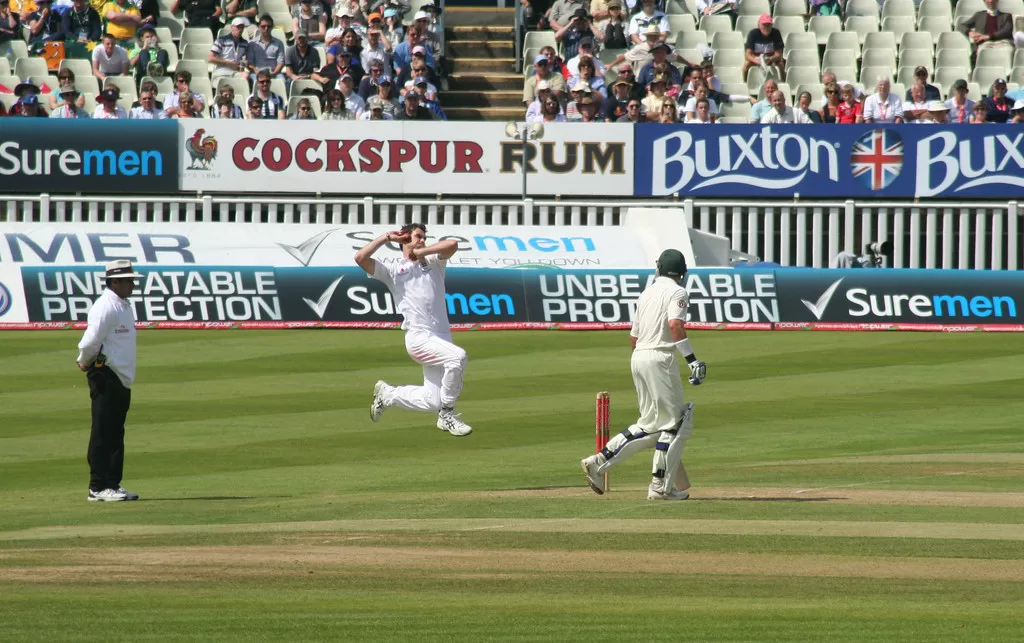Cricket Side Strains in Fast Bowlers: Causes, Prevention, and Rehabilitation
Cricket, a sport demanding significant physical prowess—especially from fast bowlers—often sees athletes pushing their bodies to the limit. This intensity, while integral to performance, can lead to injuries, with side strains being notably common. This Praxis What You Preach blog explores their causes, prevention, and rehabilitation strategies, emphasising the pivotal role of physiotherapy in recovery and return to play.
What is a Side Strain?
A side strain, or intercostal muscle strain, involves damage to the muscles between the ribs—most commonly the internal obliques. These muscles stabilise the rib cage and generate trunk rotation during bowling. Side strains typically cause acute lateral trunk pain, often on the opposite side to the bowling arm, and usually occur during a forceful delivery, particularly when the front arm pulls down (Orchard et al., 2016). As someone who has torn his side twice bowling, it felt like someone had stabbed me!
Risk Factors
Common risk factors for side strains in fast bowlers include:
Early Season Exposure: Injuries often spike at the beginning of the season due to sudden increases in load (Orchard et al., 2016). This is especially true in athletes transitioning to senior cricket.
Incomplete Rehabilitation from Previous Injuries: Athletes with prior injuries, especially involving the trunk or spine, are more vulnerable (Kountouris & Connell, 2013).
Fast Bowling Biomechanics: Fast bowlers are at significantly greater risk than spinners due to higher trunk rotation velocity and forces (Hardcastle et al., 2015).
Recurrent Injury Rates: There is a high recurrence rate of side strains within the same season if not managed properly (Kountouris & Connell, 2013).
Diagnosis
Diagnosis is primarily clinical, based on sudden pain over the lower ribs, tenderness, and pain during oblique muscle activation (e.g., resisted side bending). Our deep exposure to professional cricket—working closely with elite fast bowlers—gives us a unique edge in accurately diagnosing side strains, often identifying subtle movement patterns and tissue responses that general assessments may overlook. MRI is often used to confirm the diagnosis and assess tear severity (Orchard et al., 2016).
Management and Rehabilitation
Effective rehab balances protection and progressive loading. Key strategies include:
Initial Rest and Pain Management: Reduces inflammation and prevents worsening.
Graduated Physiotherapy: Builds strength and flexibility in core and trunk muscles (Solomen et al., 2015).
Sport-Specific Drills: Return to bowling should include load monitoring and video-based feedback.
Cross-Training: Maintains cardiovascular fitness and lower-body strength without aggravating the injury.
Mild cases resolve in 4–5 weeks; severe injuries may need 6–8 weeks or longer (Orchard et al., 2016).
Prevention Through Strength & Conditioning
A 2015 study by Solomen et al. showed that preseason core strengthening exercises significantly reduced side strain incidence among medium-pace bowlers, highlighting the importance of structured prevention programs (Solomen et al., 2015).
Final Word
In summary, fast bowling is tough work so your body has to be strong and resilient. Good structured strength training helps! If you do suffer a side strain, patience, adherence to rehabilitation protocols, and close monitoring are essential for a successful recovery from a side strain.
If you’re a cricketer struggling with side strains or looking to prevent them, don’t wait for the season to take its toll. At Praxis, we specialise in cricket-specific physiotherapy, grounded in professional-level expertise. With years of hands-on experience in elite cricket environments, we offer advanced assessment, rehab, and return-to-play strategies tailored to the demands of fast bowling. Book a consultation today and let’s get you back to doing what you love—stronger, safer, and better prepared.
For more on fast bowler injuries – check out our blog on lumbar stress fractures
Until next time, Praxis What You Preach
📍 Clinics in Teneriffe, Buranda, and Carseldine
💪 Trusted by athletes. Backed by evidence. Here for everyone.

